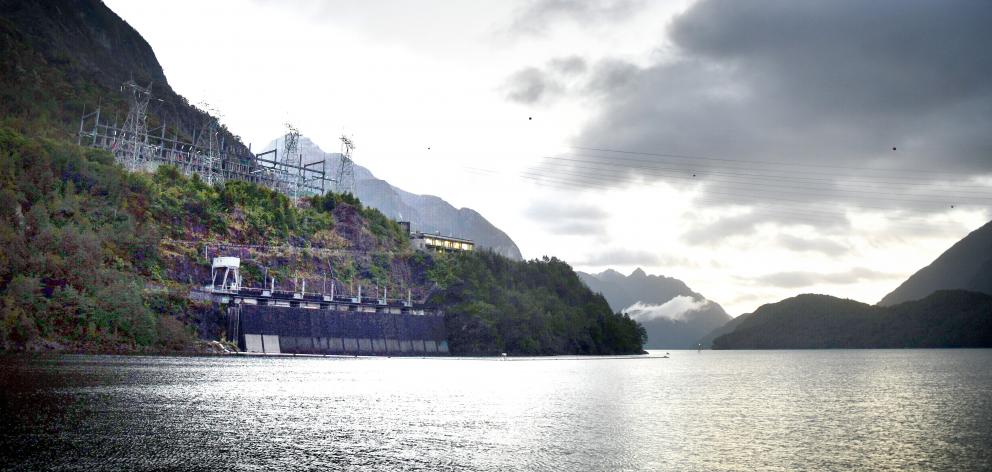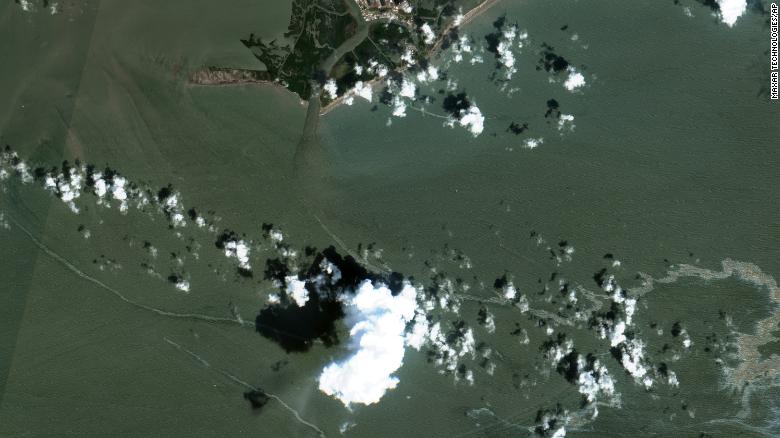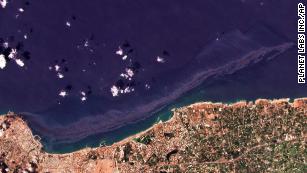
(file photo/CHATNewsToday)
By Tiffany Goodwein
MEDICINE HAT,-AB –Nurses at Medicine Hat Regional Hospital are feeling disrespected and exhausted as they battle the fourth wave of COVID-19. That’s according to the United Nurses of Alberta, the union representing Alberta nurses.
John Terry, a south district representative and an operating nurse at the hospital said staff shortages are wearing nurses out, as they try to care for the high volume of patients.
“Nurses at Medicine Hat Regional Hospital are being mandated daily, by mandated I mean they have been ordered to come to work. They have to pay them overtime to do that. But vacations, vacations have been cancelled and these are vacations that are owed and people want to take, and because of the shortage they are being called off of their vacation,” Terry said.
Many nurses are working double shifts and Terry said that is having an impact of the quality of care and the mental health of staff.
To address the nursing shortage, Alberta Health Services confirms they are looking to hire staff on a contract basis.
“ This critical staffing challenge is limiting our ability to open additional beds, which in turn is placing strain on our ability to care for patients. In order to alleviate this staffing challenge, AHS is again working with contract staff supplied by staffing agencies, as a last resort to prevent further disruption of services and patient care,” Alberta Health Services said in a statement.
Terry said virtually every department in Medicine Hat is facing a staff shortage and he has not heard how many contracted positions will be brought to Medicine Hat. But many of the positions being advertised are paying double what nurses in Alberta normally make.
“ We understand that we have to provide care, and we are going to provide care. But what we need is more nurses. They need to hire more nurses, and not necessarily the agency nurses and have to pay them like i said close to double what registered nurses and registered psychiatric nurses are making in Alberta right now. So it comes full circle back to feeling disrespected,” Terry said.
Nurses in the ICU at Medicine Hat Regional Hospital are facing immense, pressure, according to Terry, who said the last time he heard the ICU at the hospital is full, with most of the COVID-19 patients on a ventilator.
“That takes a lot of time to monitor a patient on a ventilator, and you know working with COVID-19 patients every day, knowing you have to go home at night, knowing that vaccination doesn’t necessarily protect you from the Delta variant…so there a lot of stress in the ICU, and those nurses are doing a phenomenal job,” he said.
On Sunday, a local doctor at Medicine Hat Regional Hospital chronicled what a 48-hour shift looked like. In a public post on Facebook, Dr. Scott Malmberg said in two days of working the COVID-19 ward he had 16 admissions, 2 ICU transfers, four discharges, and four deaths. He also said most of the patients were unvaccinated.
The full post can be read here.
Alberta Health Services said there are currently 34 COVID-19 patients in hospital and six in the ICU.
Terry said it is unknown what will happen to patients if the ICU reaches overcapacity. He said originally they were going to use the recovery room as an ICU room but the union was told those plans have changed.
Alberta health services announced last week that up to 30 per cent of scheduled surgeries, endoscopy, and outpatient visits will be postponed in the South Zone in order to free up more space.











